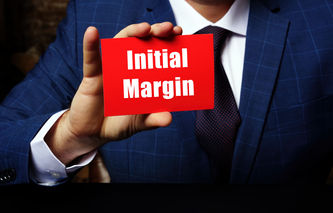Definition
The term deep out-of-the-money refers to an option that has no intrinsic value and the strike price is significantly different than the market price of the asset. The concept of moneyness helps an investor to understand the position of an underlying asset relative to an option's strike price.
Explanation
When an investor holds an option they are provided with the right, but not an obligation, to buy or sell the underlying asset at the strike price on or before the contract's expiration date. In the case of a call option, the holder has the right to buy the underlying asset, while a put option confers the right to sell the underlying.
An option that is deep out-of-the-money (OTM) has an exercise price that is significantly higher, or lower, than the current market price of the underlying asset. An option that is deep out-of-the-money will trade at a premium that accounts only for the time value of the option itself, since the holder would have a loss on the transaction if they were to exercise their option to buy or sell the underlying asset.
For example, a put option that is deep out-of-the-money has a strike price that is significantly less than the current market price of the underlying security or asset, while a call option that is deep out of the money has a strike price that is significantly higher than the current market price of the underlying. In both examples, the investor would lose money if they exercised their rights under the agreement.
The only value a deep out-of-the-money option has is a function of time. Although extremely unlikely, a deep OTM option could go in-the-money over time. However, as the time to expiration approaches, the premium for an option that remains out-of-the-money will approach zero.

.png)



